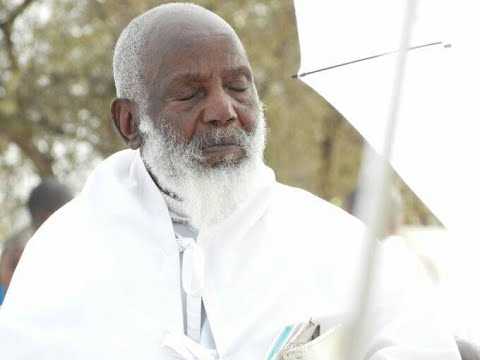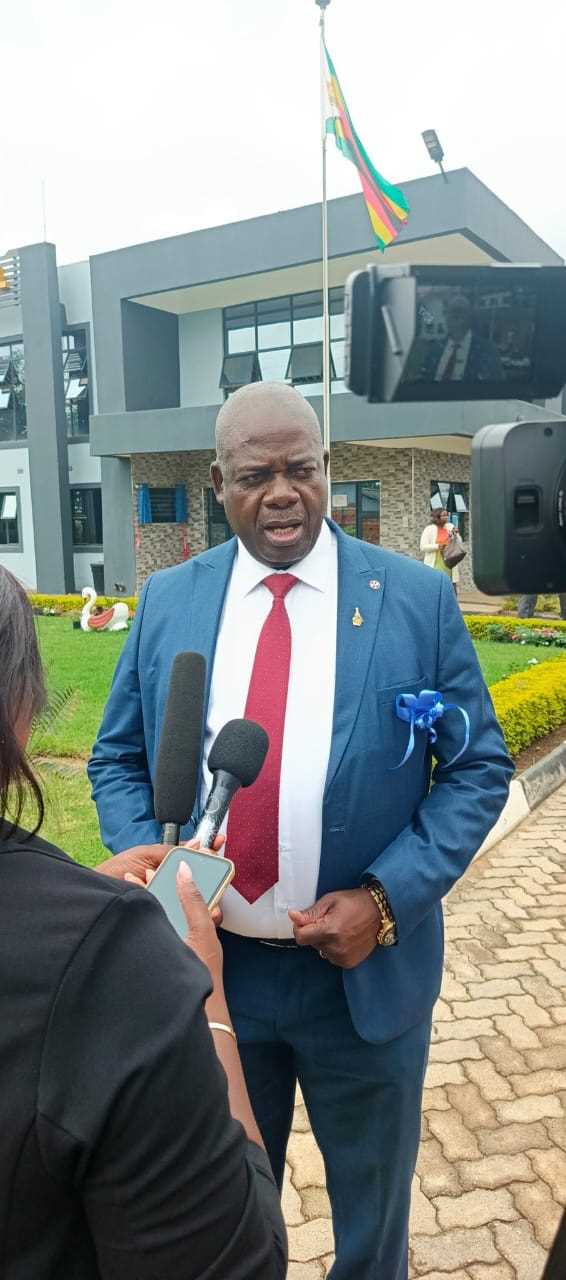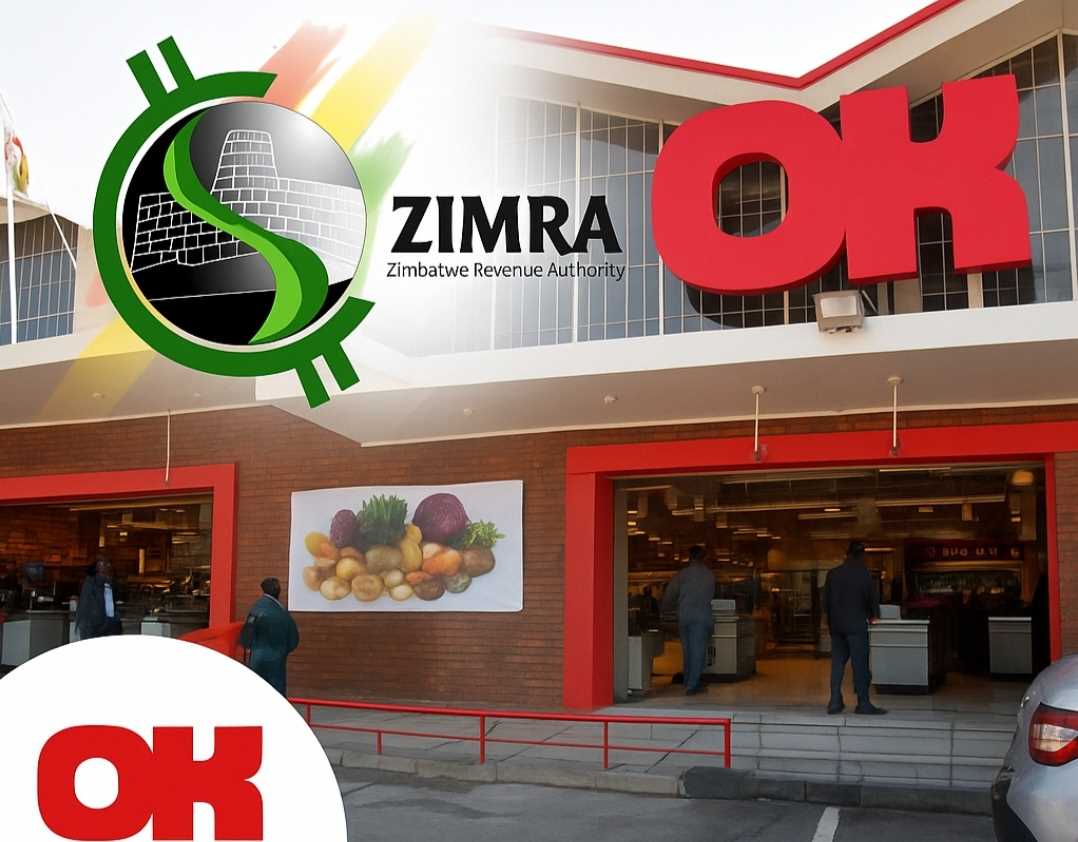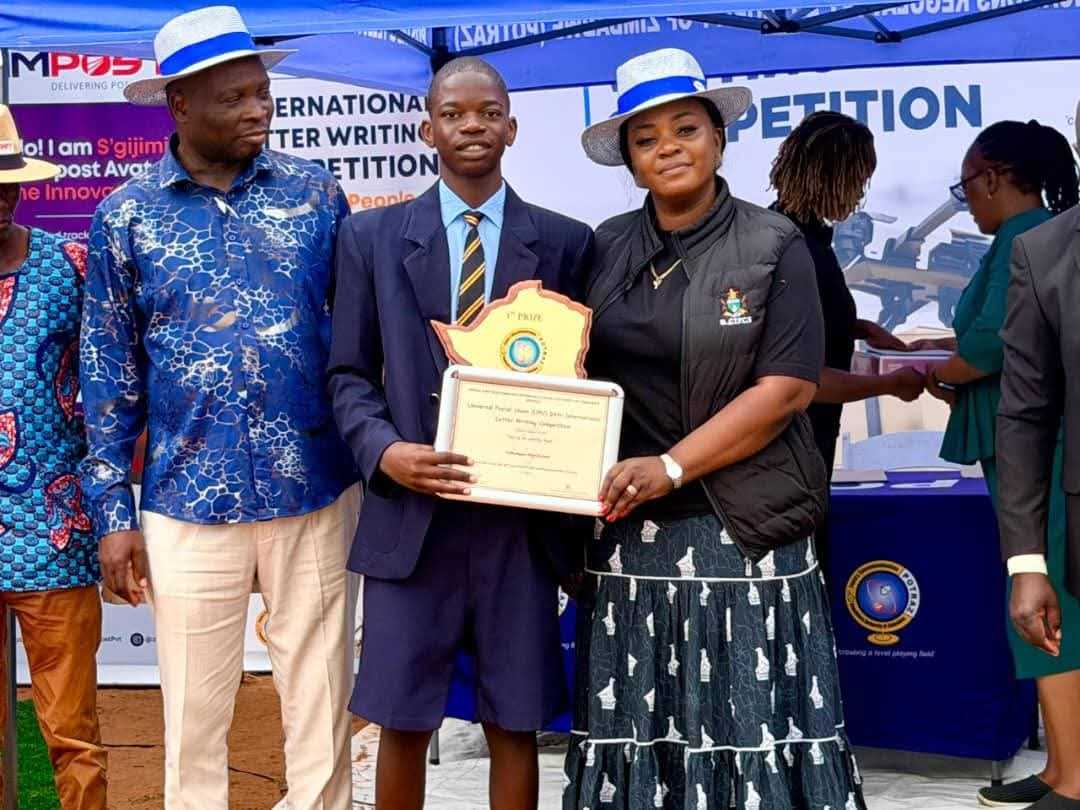
In Zimbabwe’s drylands, a groundbreaking initiative is turning barren landscapes into thriving hubs of sustainability.
The GEF-7 Dryland Sustainable Landscapes Impact Program, backed by the Global Environment Facility and the Food and Agriculture Organization, is helping communities achieve better production, nutrition, environment, and livelihoods—known as the "four betters."
At the heart of this transformation are Community Seed Banks, which serve as centers for sustainable farming, forestry, and clean energy.
Farmer Leonard Rugwevera, chairperson of the Vanyoro Community Seed Bank, shares his story: "Before the project, we struggled to grow enough food to feed our families. But now, with sustainable farming techniques and access to the seed bank, we're able to produce more nutritious and indigenous crops that suit our climate. My children are healthier, and I can sell surplus at the market, improving our income."
A key innovation is the solar-powered borehole, providing clean water to 296 households (2,072 people), livestock, and farms.
"This renewable energy is one of the sustainable measures promoted by the project," says Patrice Talla, FAO Subregional Coordinator for Southern Africa.
Related Stories
The project also empowers communities through value addition of forest products. Roselyn Musasa, a smallholder farmer, explains: "We used to sell wild fruits for very little. Now, we dry them, make jams and juices, and earn much more. This extra income lets me send my children to school."
Edzai Mazhara, a community seed bank member, highlights environmental benefits: "The tree nursery and woodland management have restored degraded land. Wildlife is returning, soil is healthier, and crop yields have improved."
The initiative also engages youth through forestry school clubs. Precious Magwaza, DSL-IP project coordinator, notes, "Clubs like Poshai Primary School’s are getting the younger generation involved in conservation and forest-based businesses."
Government leaders, including Ezra Chadzamira, Minister of State for Provincial Affairs, praise the collaborative approach. Sithembiso Nyoni, Minister of Environment, adds, "Land degradation and climate change need collective action. This project shows how partnerships work."
With plans to expand across Zimbabwe, the DSL-IP project is proving that sustainable development starts with community voices. As Patrice Talla puts it, "By working together, we can ensure a more sustainable future for Zimbabwe."
This is an edited APO article—read the original here APO Group - Africa Newsroom / Press release | Empowering Zimbabwe's drylands: how the Dryland Sustainable Landscapes Impact Program (DSL-IP) project is transforming lives

















Leave Comments